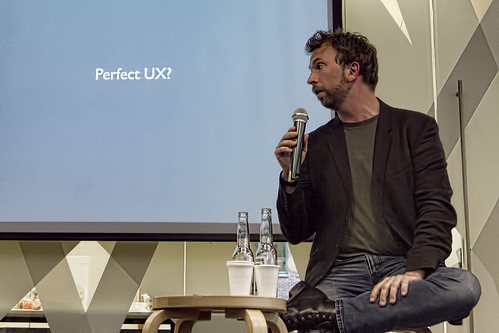the structure of everything
we seek to make sense. we want to understand the structure of everything.
to deconstruct is to reconstruct. one creates the now in the reinvention of the was. so we intentionally destabilise and disrupt to explore the meaning of reality and question the order of the universe. because without question, we can’t and shouldn’t believe the reality we inhabit and experience. we’re driven, hopelessly and unapologetically to invent our own realities in order to give structure and meaning to the place we find ourselves, in terms we can own, reference and communicate. for within those realities, we define the context within which things exist. we determine viability of domains, entities, objects. we describe relationships, dependencies and maps. we define rules, hierarchies and constructs. we decide what makes sense, because we create the meaning through structures that we can confidently articulate. we become the arbiters of sense-making. and we determine outcomes through the definition of experiences. because ultimately, we’re deciding for others how the universe is arranged to provide the context within which others experience an experience. and in the decisions we make about the structures we define to make sense and provide meaning we pretend that we transcend the personal politic, but we can’t help but hope to reflect the beauty and artistry of everything in the universe as we know it, and create structure as a manifestation of all that we aspire to, to know what it is to be who we are.
and maybe a site map.
I’m an information architect. I choose to be that because of all the things I need to make sense of. my need is part visionary, part vocational. but mostly it’s because I have to make sense of things in relation to other things and describe meaning to others. I need to express what I mean in order to communicate what I think I need to do. I inhabit the dark, lonely places between discovery and definition. between understanding and articulating. between insight and design. I dig my nails into my palms, close my eyes and try not to repeat history. try to find something new.
I start with a blank canvas and a whole universe of information. which is, in reality, a piece of A4, a pentel r50 and a state of mind. paper and pen are my constraints in the physical world. context is my constraint in the metaphysical world. budgets are my constraint in the business world. and as these worlds collide I scratch meaning onto the whiteness of the page in two dimensions. boxes and arrows. unintelligible labels. epiphanies. entire back catalogues of things. enter shikari lyrics. dots. the universe. the most basic rendition of meaning that can be distilled from the constellations of all experiences that guide me. an exploration of space and time, the history of all existences, the subconscious self, why my pen has stopped working, investment products, life. but all I’m doing is reconstructing all that has been deconstructed. sometimes it’s useless. sometimes it’s Ulysses. beautiful, unique and impossible to deconstruct again. it only makes sense when experienced. but the relentless, maniacal pursuit of structure is, in of itself, the definition of the universe within with meaning can be derived by others.
consideration of the structure of everything could be described as the search for a framework for the the human condition. it could also be defined as making sense of every mess. it’s often just information dogmatecture. a way to establish credentials for thought leadership and a reason to use praxis and periphery in conference submissions. but it’s innate. when we consider the parts of information architecture we can’t help but consider the sums of the parts of information architecture. and because the universe is a perplexing subconscious constant, it influences every decision we make about how to describe who we are and how we are. we use that which is infinitely unstructured to frame our conversation about that which is uniquely structured.
which is why the structure of everything drifts further away from us as the boundaries of the information space expand. it’s information architecture redshift.



